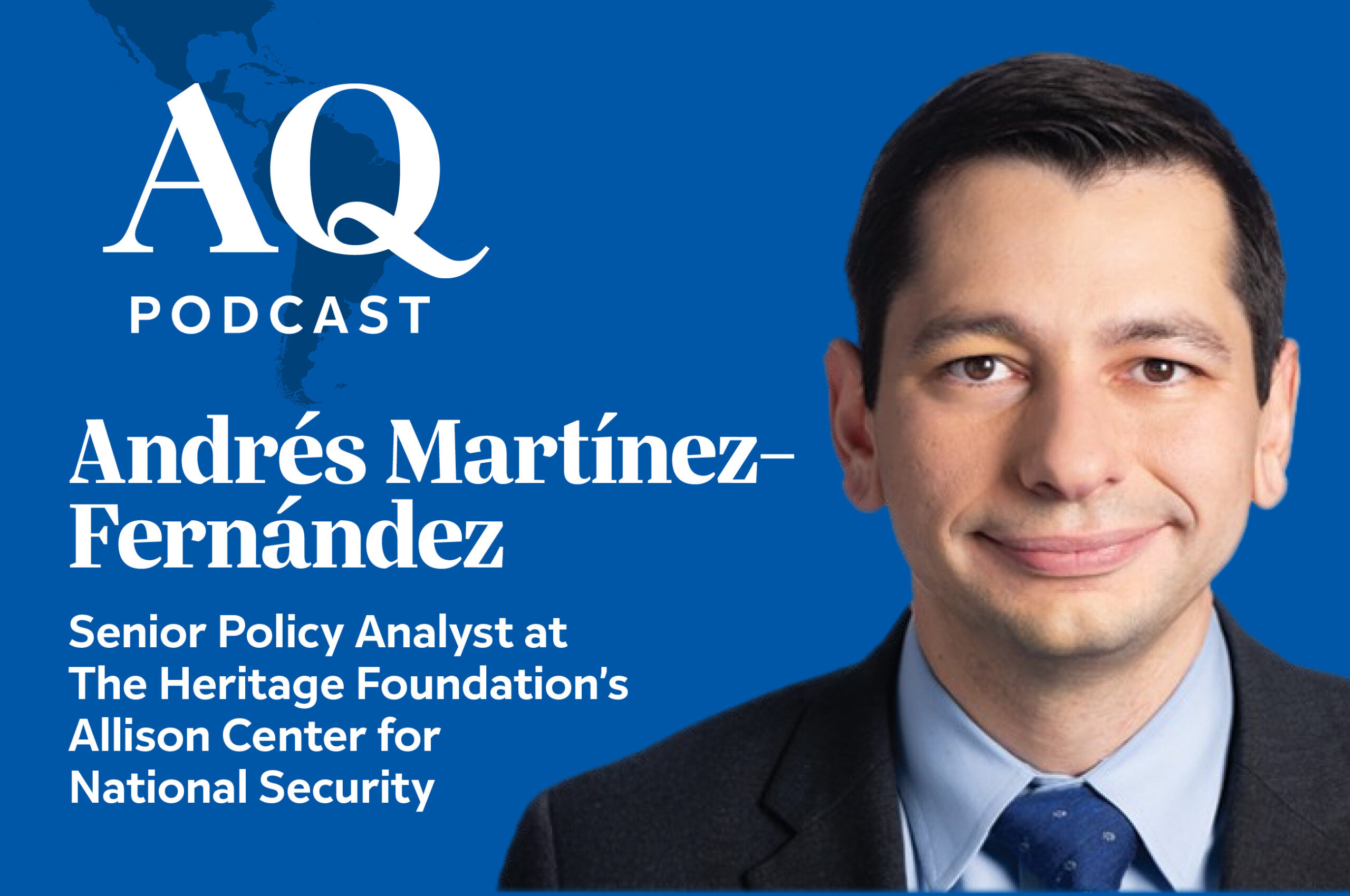The Promise of Protecting All
The Promise of Protecting All
The integrity of the human rights system rests on civil society organizations.
A small and wrinkled old woman hugs me in despair. "My son was not a head of cattle," she says. "I want justice. Please help us get justice."
It was 1994. I was part of a group of lawyers and human rights defenders visiting the then-militarized Venezuelan border to interview relatives of the victims of the October 29, 1988, El Amparo massacre. On that day, 16 fishermen living in a remote riverside village near the Colombian border had been shot in cold blood by Venezuelan security forces who claimed they were guerrillas. The relatives we met were represented by Provea and the Center for Justice and International Law (CEJIL) before the Inter-American Court of Human Rights (Court).
Officially, we were there to gather evidence on the reparations that would be requested before the tribunal, in the last phase of a long litigation process. But that doesn't adequately reflect the role we played. As activists and members of human rights organizations, we effectively brought the promise of justice enshrined in the Inter-American system of human rights to communities that would otherwise have been unable to gain access to the legal and technical processes established to help them.
Pedro Nikken, a lawyer representing the victims, and himself a former judge on the Court, listened carefully to the stories, each of them tragic. Ligia Bolivar, a local activist, echoed the family members’ sentiment that if the Inter-American system was not able to achieve justice, we would have failed. As a lawyer hired by a human rights organization, I soaked in every word, and later made an effort to translate the words into a cogent legal argument.
The testimony of the victims’ relatives and the moral leadership of the activists helped shape our litigation strategy in what eventually became known as the case of El Amparo vs. Venezuela. In that landmark case, decided in 1996, the Inter-American Court developed a far-reaching approach to state-sponsored human rights violations. In doing so, it departed from the narrow reparations theories of its erstwhile model, the European Court on Human Rights, which relied on economic compensation and general orders of compliance...
To read more, subscribe and receive an instant digital copy of the Summer 2009 issue.
Already a subscriber? Login now.
Viviana Krsticevic is co-director of the Center for Justice and International Law in Washington DC.








